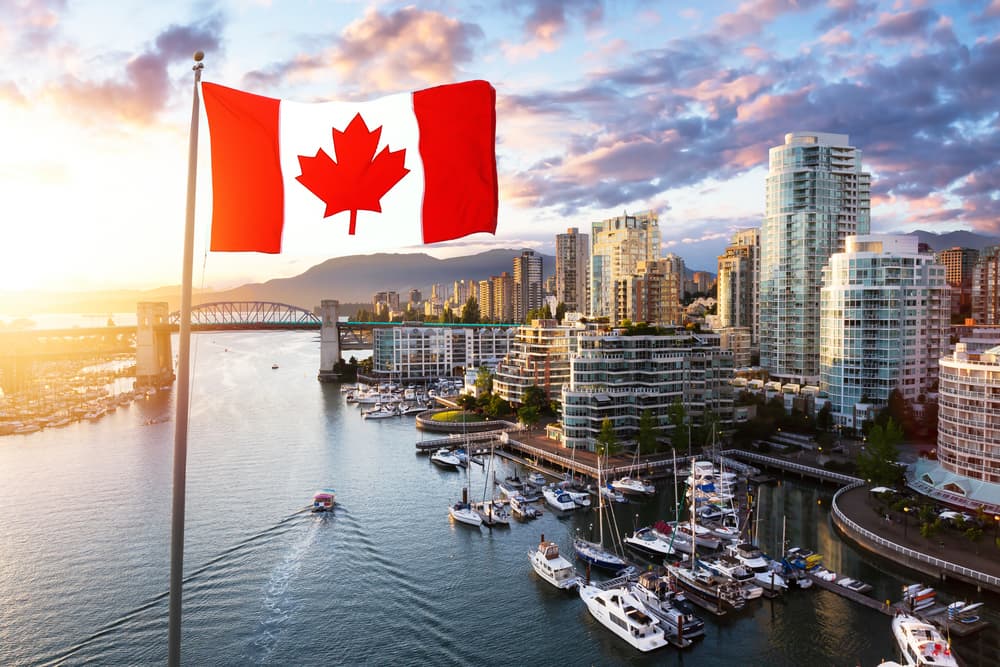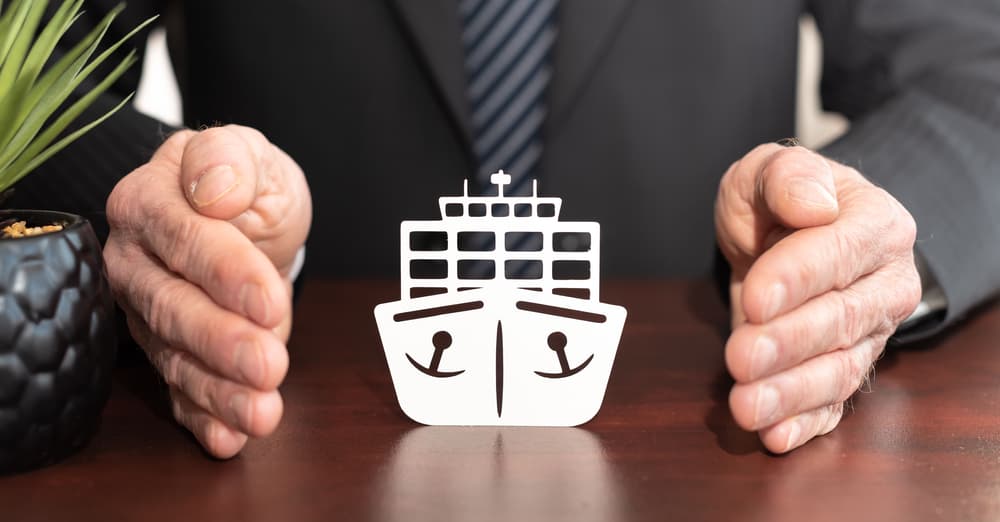Whether you’re becoming a first-time boat owner or have been relying on your homeowner’s insurance to cover a vessel you already have, it’s time to consider getting separate boat insurance. Here’s an easy-to-follow guide on how to insure a boat in BC, ensuring you can sail smoothly and with an absolute peace of mind.
Do You Need to Insure Your Boat in BC?
Legally speaking, no, you don’t have to have boat insurance to operate a boat in BC. That being said, you’ll probably still want to get it. Homeowners’ insurance won’t adequately cover your vessel in case of an accident, and the amount of coverage you get can vary significantly. Without separate insurance for your boat, you could end up paying thousands of dollars out of pocket for repairs, injuries, medical bills, legal fees, and more. Furthermore, if you want to dock at a marina, they will likely require you to have boat insurance in the first place.
How Do I Get Boat Insurance?
The insurer in question will need to know a few things about your vessel so that they can give you a quote. These include the following:
- Vessel length, type, and value
- Age and condition of vessel, as they can depreciate in value as the years go on
- Boat usage frequency and use case (pleasure cruises, fishing, etc.)
- Where and how the boat is stored
- Where you sail (specific lakes, ocean coastlines, rivers, etc.)
- Navigational experience and previous insurance history
- Whether you’ve taken boating courses and/or sail competitively
What Kind of Insurance Do You Need for a Boat?
Boat policies have a variety of coverages built into them. Talk to your provider about what their standard policy will offer you. Some providers may offer additional coverages built into the price of their standard policy. With others, you may have to pay extra to get them. Here are the coverages you should expect to be provided with your boat, as well as some you should consider adding on.
Collision Damage
Collision damage coverage will cover the repair or replacement of the boat, which can save you thousands of dollars. The one caveat is that you might not get towing services or salvage coverage. Those are often offered as separate insurance add-ons, which you should consider including in your package since the cost can otherwise be high.
Property Damage
This coverage is for when you’re an at-fault driver. If you hit another boat, a dock, or other property and cause damage, you’ll be insured for any damages caused as a result. Even if you’re a careful and considerate navigator on the water, accidents can still happen where you inadvertently are the one responsible for an incident.
Injury Liability Coverage
As a boat owner, you are responsible for the safety of your passengers. That means if someone onboard is injured during the collision, you can be sued, especially if it is found that you were negligent. Injury liability coverage covers legal fees, the cost of medical bills, prescription drugs for injuries caused by the accident, and loss of income as a result of those injuries.
Add-Ons
Comprehensive Coverage
This is another kind of coverage that doesn’t necessarily come with your policy but that you should get either way, especially if you plan to leave your boat docked at a marina or at the cottage over the winter. It covers incidences of vandalism, theft, fire, and floods. Depending on your provider, it can even cover personal property of value like fishing gear and speakers.
Coverage Value
There are two kinds of payouts if you make a claim: actual cash value and agreed value. With agreed value, you and your provider will decide how much your boat is worth when you sign the papers. That’s how much you’ll get if your vessel is damaged beyond repair. Talk to your provider about what exactly is covered by agreed value, especially since not all policies are created equal and some may cover more in terms of repair expenses than others. This is a great option for boat owners, largely since it consists of an easy application process and usually covers more than actual cash value.
If you go with the actual cash value option, you’ll receive the value of the boat at the time of the crash. Boats naturally depreciate over time and are subject to wear and tear that comes with use, which is taken into consideration when the actual cash value is determined. Actual cash value approaches are generally more cost-effective than when choosing an agreed value. It also means an easier claims process, which will take some stress out of your life.
How Much Does Insurance Cost?
The average cost of insuring a boat varies depending on the type of vessel in question, its length, and how you plan to use it, which is why your insurance provider will want that information upfront. Other factors that can affect the cost of your insurance are your experience and whether your boating license is in good standing, courses that you’ve taken, the horsepower of the boat itself, your gender and age, and your credit score. The overall value of your vessel comes into play as well. A non-powered boat like a canoe will cost much less to insure than a yacht, for instance. Alternatively, the average powerboat costs a few hundred dollars a year to insure, and the price varies based on the previously mentioned factors.
Having a proper insurance policy in place is like keeping a life jacket on board; it’s there to keep you afloat (in this case, financially) when an accident happens. While it’s easy to feel adventurous and excited at the prospects of waterborne fun and exploration, you should take every precaution to ensure your own safety beforehand. At Portside Insurance, we don’t skim over the details. We’re dedicated to finding the best boat insurance policy for you. Contact us today for more information.


